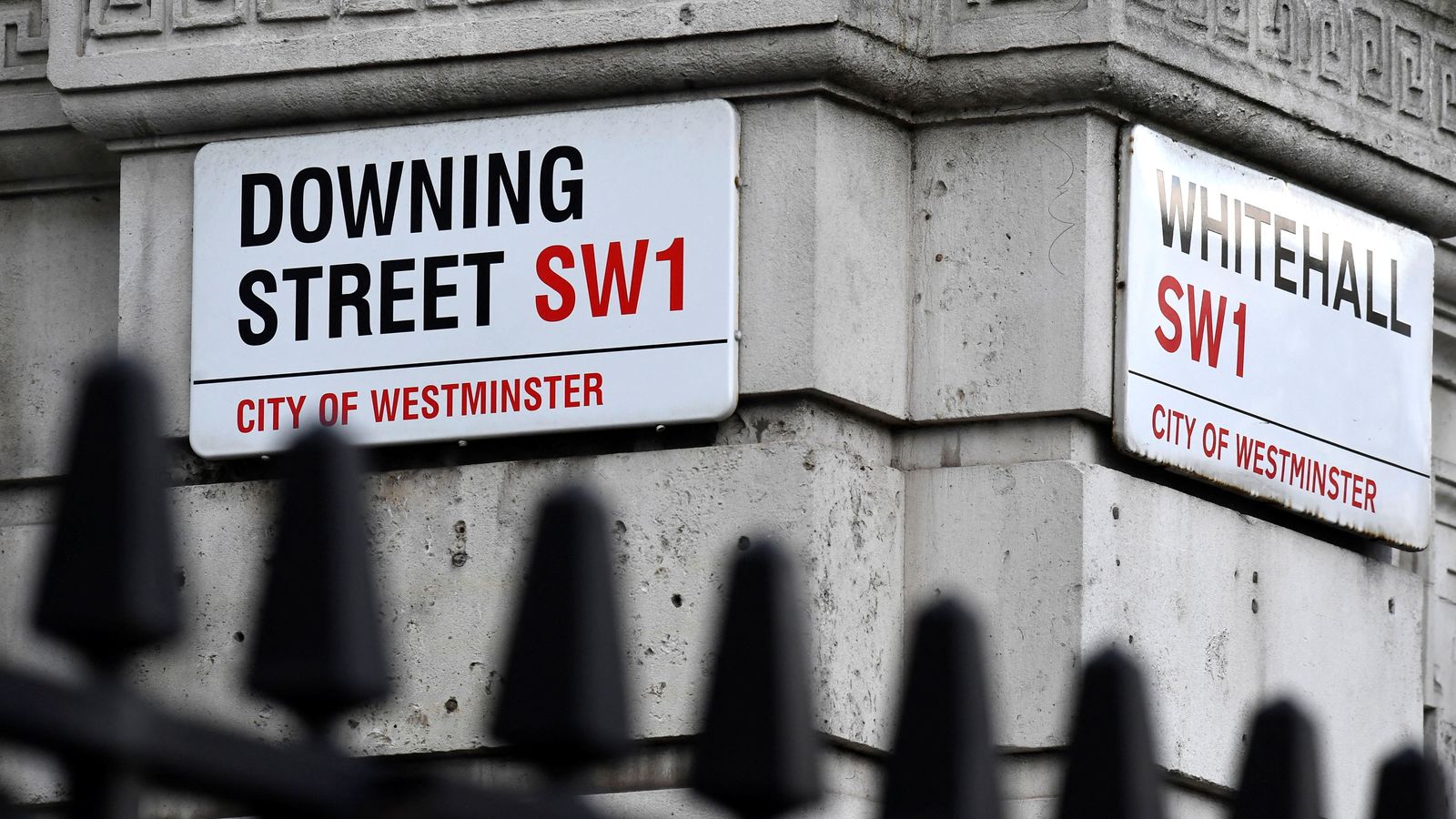Such is the size and nature of the UK public sector and the diversity of its audience, public sector copywriting is one of the more multifaceted forms of copywriting. It encompasses a wide variety of government services such as local and regional councils, the military and law enforcement, public transport and infrastructure, public housing and education, public health and social care, as well as a variety of public sector bodies, commissions, partnerships and agencies. As a result, public sector copywriting is far-reaching and diverse, with audiences across every part of society. While they might share a purpose, each section of the public sector has its own unique priorities, challenges, motivations and language. The public sector produces thousands of communications every day and has to take into account the views of multiple stakeholders and interested parties. As well as clear and engaging words, public sector copywriting can often involve a delicate balancing act.
Public sector copywriting and writing about government, civic or community-oriented issues requires a certain mindset. It involves interpreting large quantities of information and articulating it in succinct messaging without losing the key points. In short, in public sector copywriting, nouns and verbs are more effective than adjectives and adverbs. It is a sector often associated with authority, regulation and beset with negative perceptions. Although not completely devoid of creativity, the purpose of public sector communications is primarily to engage, inform, educate and motivate, using a tone of voice that is authoritative and language that is clear, concise and compelling. Whether you’re putting together a complex research report, an internal process or policy document or a public-facing promotional campaign, it’s about thinking of creative ways to create meaningful communications and relatable human stories and share messaging without losing the key points.
Public sector copywriting has to be effective from the very first word, articulate information clearly and concisely and get across the benefits of any initiatives or services. To succeed, you need to gain a good understanding of the environment you’re working in, succinctly interpret the information and the objective of the communication, and understand the audience you’re communicating with and any pre-existing viewpoints they may have. Remember, decisions are made on intuition and emotions as often as they are on considered thought. So, it’s essential that you consider what the audience wants to hear and what their decision-making process might be. In preparation for a negative response, if possible, balance negative news with positive messaging or a compassionate tone of voice. And avoid jargon and sector-specific acronyms at all times. In all communications, make sure that you get to the point or purpose quickly, within the first sentence if possible.
Quality-assured public sector copywriting.
Over the years, I have written for a variety of public sector bodies including the Department of Communities & Local Government, the Information Commissioner’s Office, The National Health Service, Parliamentary Ombudsman and The Cabinet Office, as well as dozens of inward investment agencies and local, regional and county councils. If you looking to work with an experienced public sector copywriter, please get in touch.

